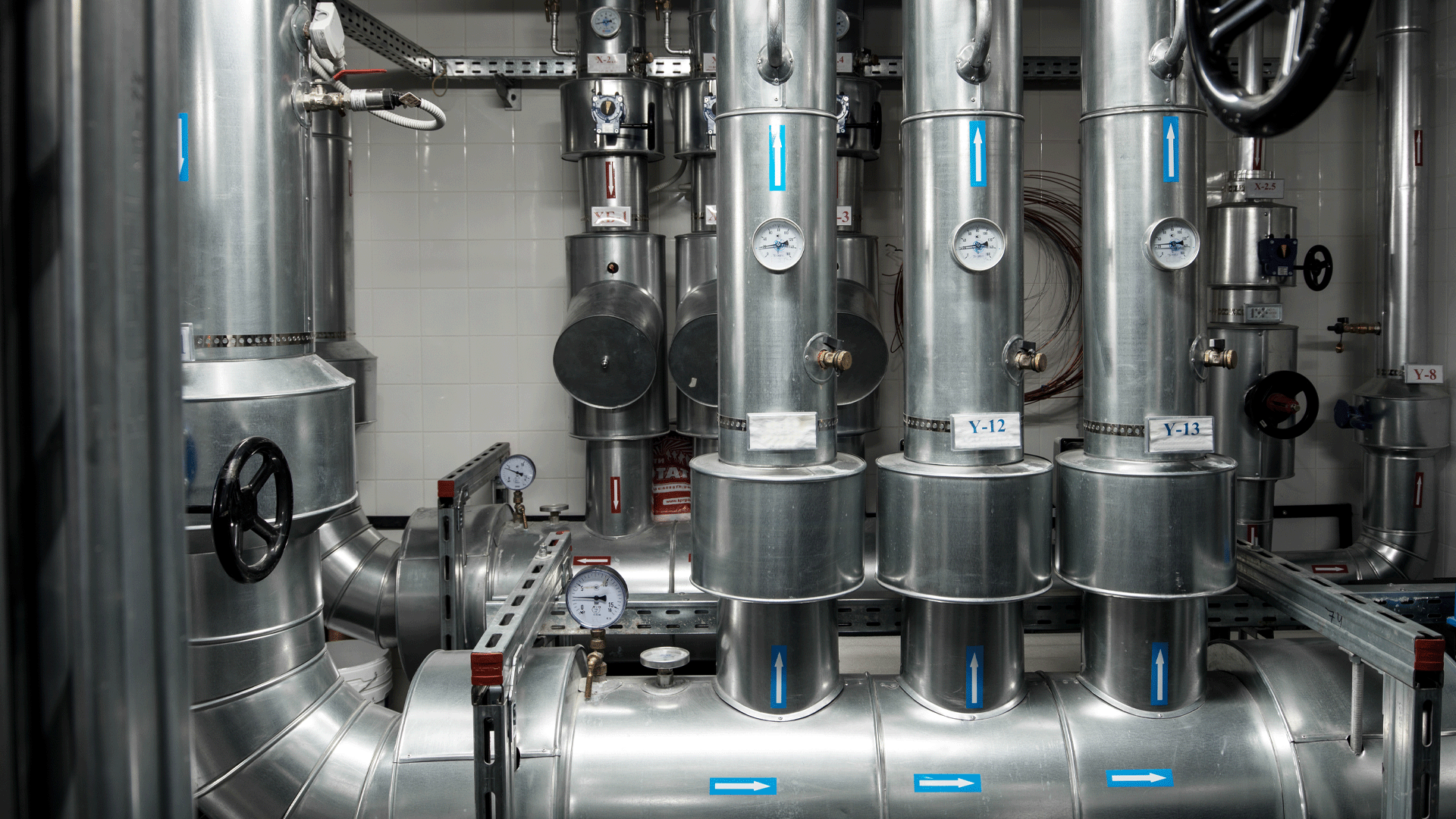As data centers grow in size, density, and power demand, liquid cooling has rapidly become the preferred solution for managing heat efficiently. But choosing the right materials for those cooling systems is just as important as the cooling technology itself. For operators focused on reliability, longevity, and performance, stainless steel sanitary parts are proving to be the gold standard.
Why Stainless Steel Outperforms Other Materials
Liquid cooling environments place unique demands on system components. Fluids circulate continuously through complex networks of tubing, fittings, valves, and manifolds. Each part must resist corrosion, maintain leak-free seals, and deliver consistent performance over many years of service. Here’s why stainless steel stands above alternatives like plastics, brass, or other materials:
- Superior corrosion resistance: Stainless steel’s natural chromium oxide layer makes it highly resistant to corrosion from water, glycol, and other common cooling fluids. This ensures long-term system integrity without the risk of leaks, contamination, or costly downtime.
- Durability under pressure and temperature: High-density computing environments generate significant heat, requiring robust systems that can handle continuous operation. Stainless steel maintains its strength under pressure and thermal cycling, reducing maintenance and replacement costs.
- Cleanliness and contaminant control: In mission-critical environments like data centers, even trace contaminants can cause scaling, fouling, or component failure. Sanitary-grade stainless steel components feature smooth and crevice-free surfaces that minimize microbial growth and particulate buildup.
- Compatibility with closed-loop systems: Unlike certain plastics or coated metals, stainless steel does not leach materials into the coolant or degrade over time, making it ideal for sealed systems designed for decades of operation.
Common Stainless Steel Components in Liquid Cooling Systems
Building a reliable liquid-cooling infrastructure means using components that work seamlessly together under demanding conditions. Below are some of the most commonly used stainless steel parts in today’s high-performance data centers:
- Tri-Clamp fittings and adapters: Quick, hygienic connections that provide secure, leak-free seals—ideal for coolant line assembly and maintenance.
- Sanitary tubing: Polished tubing allows for efficient coolant flow while resisting scaling and buildup, ensuring consistent heat transfer performance.
- Ball and butterfly valves: Essential for system control, isolation, and maintenance, these valves offer excellent flow characteristics and long-term durability in pressurized systems.
- Hoses and hose assemblies: Flexible yet robust, stainless-steel-reinforced hoses handle thermal expansion and vibration while maintaining structural integrity.
- Thermowells and sensors: Stainless thermowells protect temperature sensors from coolant flow while ensuring accurate monitoring and control.
- Manifolds and distribution blocks: Custom stainless assemblies allow for precise routing and balanced coolant distribution across racks or server groups.
Reliability That Matches the Mission
When uptime is measured in milliseconds and failure is not an option, every component in a data center’s cooling system must meet the highest standards of performance. Stainless steel sanitary parts deliver unmatched reliability, cleanliness, and durability, all while reducing maintenance costs and extending system life.
We supply a complete range of high-quality stainless steel components engineered for the demands of modern liquid-cooled data centers. With live pricing, same-day shipping, and custom fabrication capabilities, we make it easy to design and maintain systems built to last.

